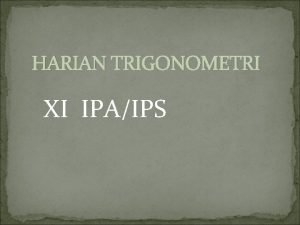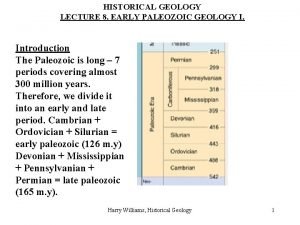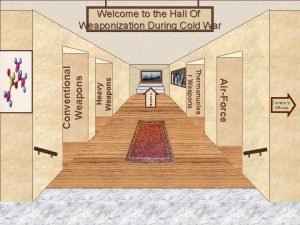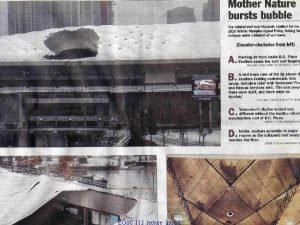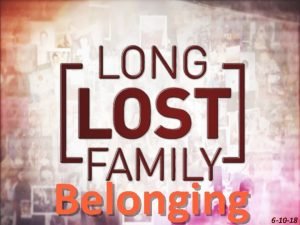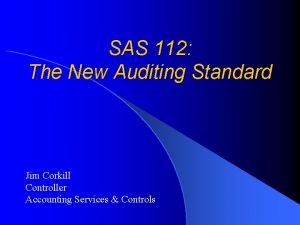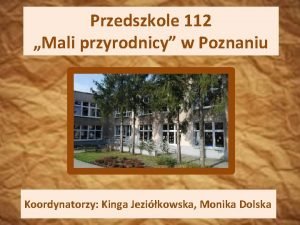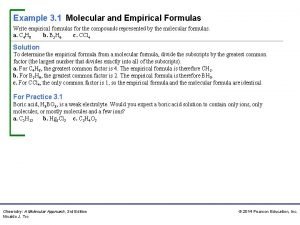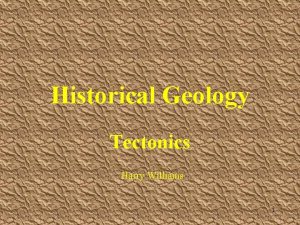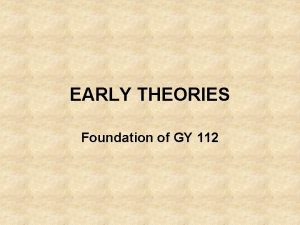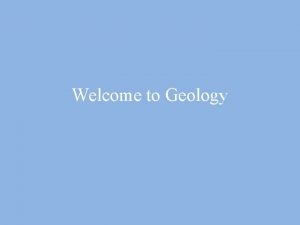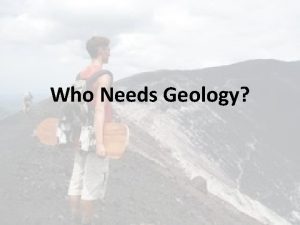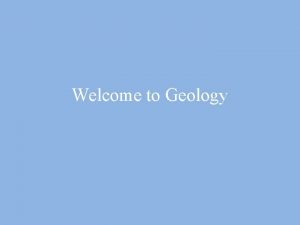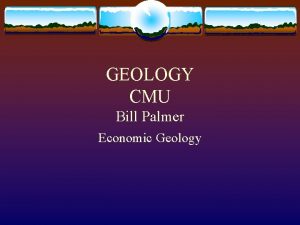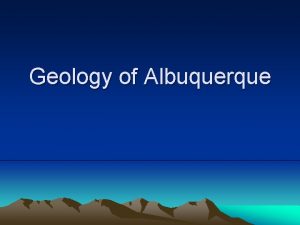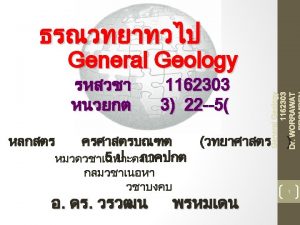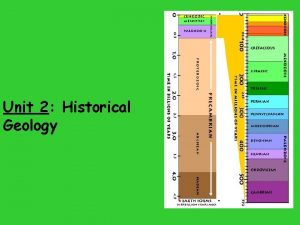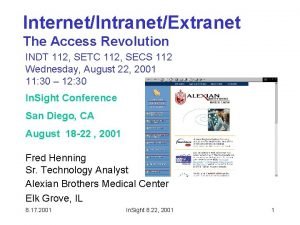GY 112 HISTORICAL GEOLOGY What does Historical Geology















- Slides: 15

GY 112 HISTORICAL GEOLOGY

What does Historical Geology deal with? Earth’s origin and evolution Changes in the distribution of lands and seas, Growth and reduction of mountains, and Succession of animals and plants through time

Why is Historical Geology important? • The present is the key to the past: • It allows us to learn from past mistakes and make plans for the future • It provides insight into catastrophic events occurring in the past that resulted in mass extinctions and climatic changes, and • It helps to explain the formation and location of natural resources such as fossil fuels, minerals, and energy resources

Three Great Themes in Earth History • Deep Time • Evolution of Earth’s Nonliving Features • Evolution of Earth’s Life

REVIEW OF GY 111 CONCEPTS

EARTH FORMATION • Theories • Big Bang • Nebula Theory

EARTH FORMATION • Time • Universe Age: 13. 82 Billion Years • Earth Age: 4. 54 Billion Years

EARTH FORMATION • Universe Organization • Universe • Galaxies • Stars • Solar Systems • Planets • Moons • Asteroids • Meteoroids

EARTH FORMATION • Earth’s Stages of Development • Stage 1 – Initial Formation (Molten State, Moon Formation) • Hadean Eon (4. 52 – 4. 2 bya) • Stage 2 – Lithosphere (Land), Hydrosphere (Water), Atmosphere (Air) • Archean Eon (4. 2 – 2. 5 bya) • Stage 3 – Ancient Life (Oxygen Poor Environment) - Microbes • Proterozoic (2. 5 – 0. 542 bya) • Stage 4 – Modern Life (Oxygen Introduced) – Our present time • Phanerozoic (0. 542 bya – Present)

EARTH’S CHARACTERISTICS • Subsurface Features • Compositional Layers • Crust (silicon/oxygen) • Mantle (magnesium) • Core (nickle/iron) • Structural Layers • Lithosphere (Solid) • Asthenosphere (Putty) • Mesosphere (Solid) • Outer Core (Liquid) • Inner Core (Solid)

EARTH’S CHARACTERISTICS • Surface Features – “Geomorphology” • Mountains • Landforms • Deserts • Karst Topography • Valleys • Beaches • Etc.

EARTH’S COMPOSITION • Chemistry • Silicon & Oxygen (2 major elements) • Minerals • Rocks • Classified based on composition and texture • Soil • Note: Minerals and rocks can be considered nonliving fossils, providing clues as to the location and processes involved in their formation.

EARTH’S PROCESSES • Constructive Processes • Mountain Building (Referred to as “Orogenic Events”) • Volcanism • Earthquakes • Destructive Processes • Weathering & Erosion

EARTH’S MECHANISMS • Plate Tectonics • Responsible for Earthquakes, Volcanism, and Orogenic Events. • Involves the creation and recycling of Earth’s Crustal Material

THE END
